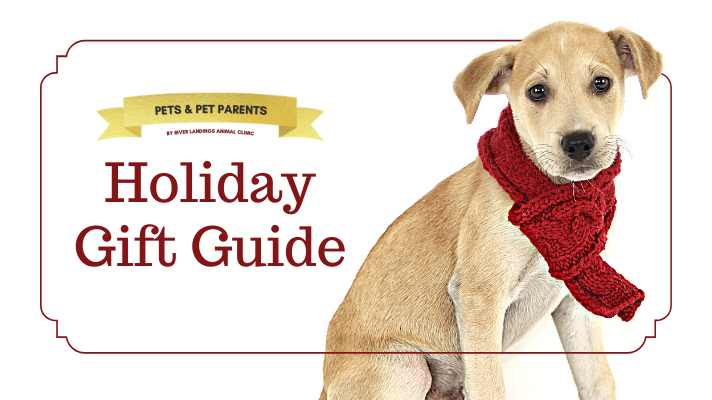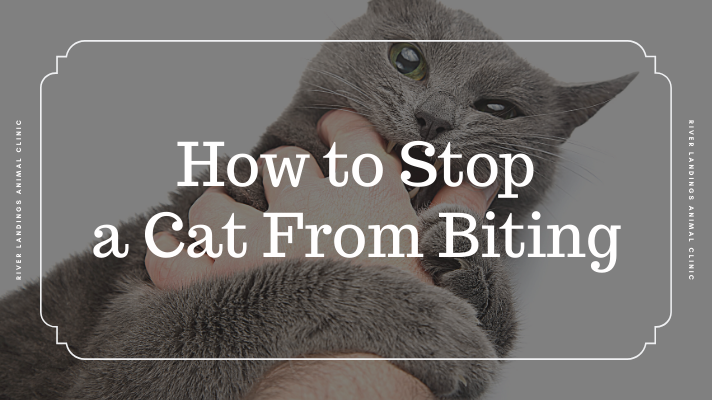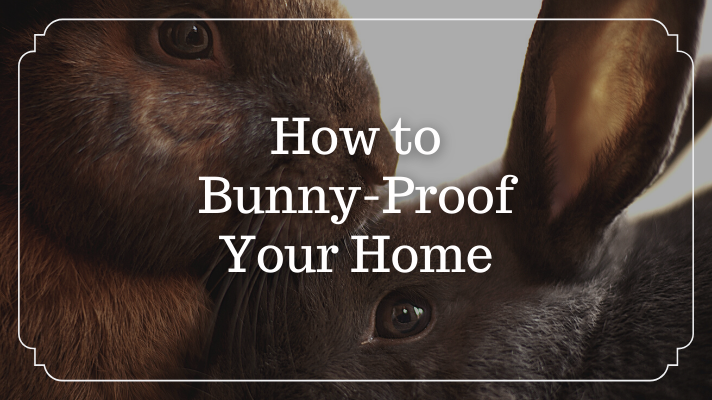The holiday season brings about a rush of checking-off shopping lists, planning meals, and lots of celebrating. When you’re making your holiday gift list, don’t forget the furry friends you love so much!
Here is our gift guide for the pets and pet parents in your life:
Subscription Boxes
Subscription boxes are great for first time pet parents with a new pet because it allows them to explore what their pets like or dislike as far as toys and treats go.
For Dogs: BarkBox
BarkBox is a monthly subscription box for dogs that is tailored to your dog’s size and/or chewing style (see more info on their super chewer boxes for the more lovable, destructive doggos). Each month BarkBox puts together a themed box of products that is entertaining for both the pets and their pawrents.
You can purchase the BarkBox one time or go for a full subscription.
For Cats: Meowbox
Not only do your felines get toys and treats in every subscription, but the box everything comes in turns into its own toy (because cats always prefer the box to the thing you got them). Meowbox delivers monthly or bi-monthly.
You can purchase the Meowbox as a gift for 1 month, 3 months, or 6 months on their website.
Pet Portraits
Over at Crown & Paw, they offer a large variety of portrait options for a reasonable price. Just send in a photo of your pet facing forward and they superimpose their face right into a portrait or onto clothing like socks!
The Admiral for your bossy pets
The Princess for the spoiled pets
The Noble for pet’s that have a chip on their shoulder
The Step Brothers for fans of the movie
The American Gothic for the art school grad
Bathing Tools
Bathing a pet can be stressful, but it’s a necessary task for a lot of owners.
If their pet hates bath time (or their owner does) but desperately needs it, the Aquapaw bathing tool can help. It hooks up to a shower, bath tub, or outdoor hose to rinse shampoo from the pet’s coat as they’re being scrubbed, cutting down on total bathing time. Other great ideas include a jar of peanut butter and Aquapaw’s Slow Lick Mat that sticks to a wall for easy distraction.
Bathing Tool available on Amazon
Slow Lick Mat available on Amazon
Did you know? When dogs lick into something, pleasure endorphins are released in their brain, helping them calm down. Lick mats can soothe your best bud in stressful situations like nail clipping sessions, scary trips to the vet, and bath time. By deflecting your pet’s attention to licking and eating, it makes them less prone to bark or chew on furniture.
Custom Clothing & Accessories
Who doesn’t want fun clothing with their pet’s face on it?
From socks to pajamas, t-shirts to totes, there are a wide range of options for creating custom clothing and accessories with your loved one’s favorite pet’s face on it. All you have to do is supply a clear photo of the dog, cat, bird, or even fish and your friend or family member receives a fun way to show off their pet.
Pet-Sitting Services
Does your gift recipient love to travel but struggle with finding someone to take care of their pet while they’re gone?
Gift them pet-sitting services! If you’re able, you can provide these services yourself for a low-cost gift. Or, if you don’t live nearby or otherwise can’t provide the pet-sitting yourself, gift them a few days’ worth of services either from a sitter they trust or one you find.
Cooling Dog Mat
If you’re in Florida like us, it’s almost always summer weather. Keep your pup cool during those extra warm days with a cooling dog mat. You don’t have to spend a lot for a cooling mat, either. We found options under $30 on Amazon.
Furbo Dog Camera
We recommend the Furbo Dog Camera, which is a full on camera with two way communication and also dispenses treats, makes for a great gift for the pet parent that can’t always be home.
With Furbo Dog Camera, your dog will feel like you’re there, even when you’re not. This camera not only lets you see and talk to your canine companion, but it also allows you to toss treats to them when you’re not home. Used by over 5,000 vets and professional dog trainers, this camera is designed to help keep your pup safe and happy. It has night vision, a 160-degree wide-angle view day and night, a barking alert that detects when your dog is barking and can record videos.
Plaque and Tartar Fighting Dental Dog Treats
We offer a variety of dental dog treats from Greenies to OrvoVet Chews, depending on if your pet prefers something more or less crunchy.
With a unique texture that fights plaque and tartar down to the gum line, Greenies are powerful dental chews that come vet-recommended for deliciously easy at-home oral care. They’re made from natural ingredients that are easy to digest and fortified with vitamins, minerals, and other nutrients to promote overall good canine health.
Vet tip: Greenies can cause some GI upset (diarrhea, vomiting) in some pets, but are well-tolerated for the most part, and they are on the list of approved products from the veterinary oral health council.
Calming Donut Dog Bed
For the anxious pup or one that just loves their sleep, consider gifting them the Calming Donut Dog Bed. The soft and plush fabric and donut shape satisfies the nesting instinct of dogs who tend to curl up when they sleep.
You can find variations of the bed on Amazon or at most places where dog beds are sold.
Ice Cream for Dogs
Yes, you read that right. Ice cream for dogs! Simple ingredients that use lactose free milk so that their tummies don’t get upset. Just add water and freeze!
Puppy Scoops Ice Cream Mix for Dogs
Give the Gift of Peace of Mind
Gift certificates to the veterinarian are a great option for pet parents that are stressed or strapped for money this year as prices rise. Consider giving them the gift of peace of mind for their pet’s annual exam, special diet food, or a rainy-day fund towards an emergency.
Moving Cat Toy
Engage the natural predator in every feline with this moving toy that doesn’t include your participation. Cat not interested in mice-shaped toys? They offer a variety of attachments to change it up.
Available on Chewy
If you are considering buying a pet any type of interactive toy, we suggest avoiding these:
Balls with single air holes (these can create a dangerous suction trap)
Squeaker toys (unless closely monitored)
Sticks and stones (may splinter or become lodged in throat or stomach)
Heavily dyed toys
Toys treated with fire retardants or stain guard
Soft plastics
Feather toys
Balls with bells inside
Toys with plastic inside
Both dogs and cats use toys for comfort, to carry, shake, and roll around with, so the toys you purchase should be interactive yet appropriate for their playstyle and appropriate for their size – you wouldn’t give a teacup chihuahua the same toy you’d give a newfoundland and you surely wouldn’t give that same toy to your cat!
It’s imperative to understand the risks toys pose of ingestion, choking, stomach obstruction, containment of toxic materials, and more. While it’s a federal requirement that products consumed by humans are regulated and inspected for safety, it’s not a requirement for animal products. Exercise caution when purchasing Christmas gifts for your pets, and be sure to supervise their play once you’ve gifted it to them.
The brands/products contained within this article have no affiliation with River Landings Animal Clinic, and their presence should not be interpreted as an endorsement or recommendation by our veterinarians unless otherwise stated (see: Greenies or Orvo Dental chews).






